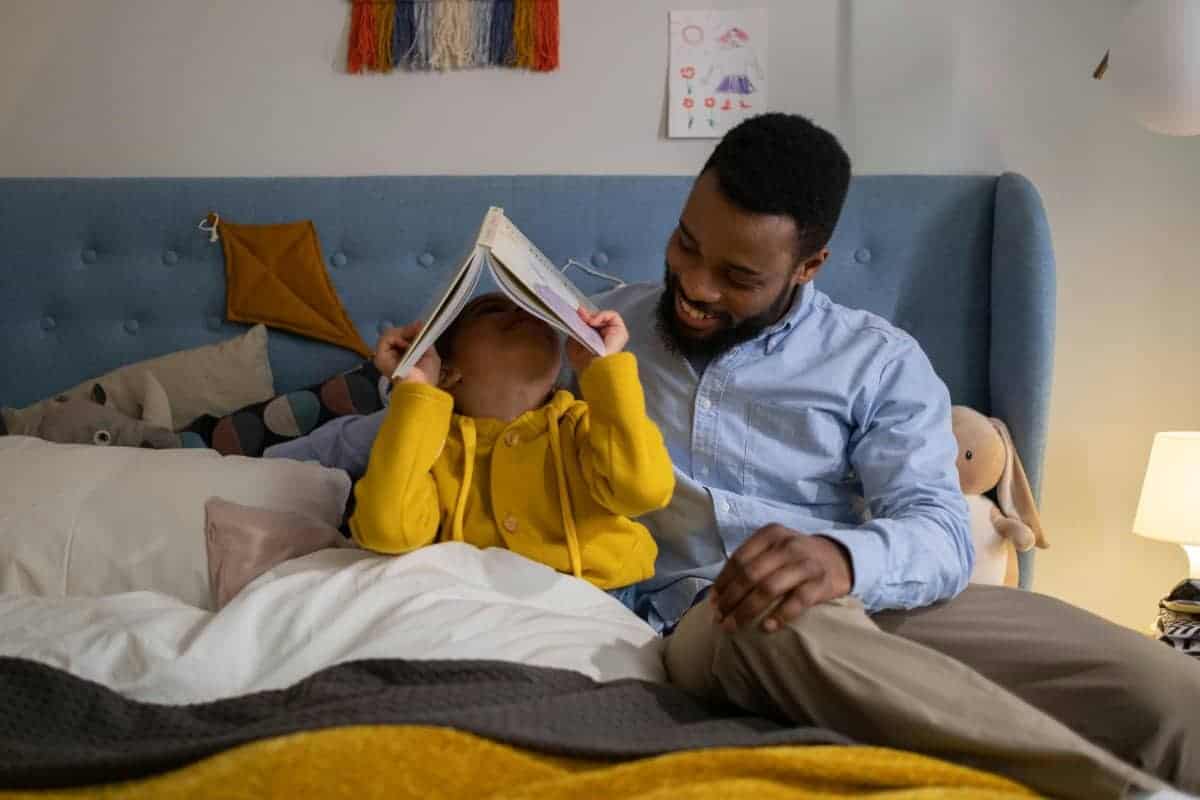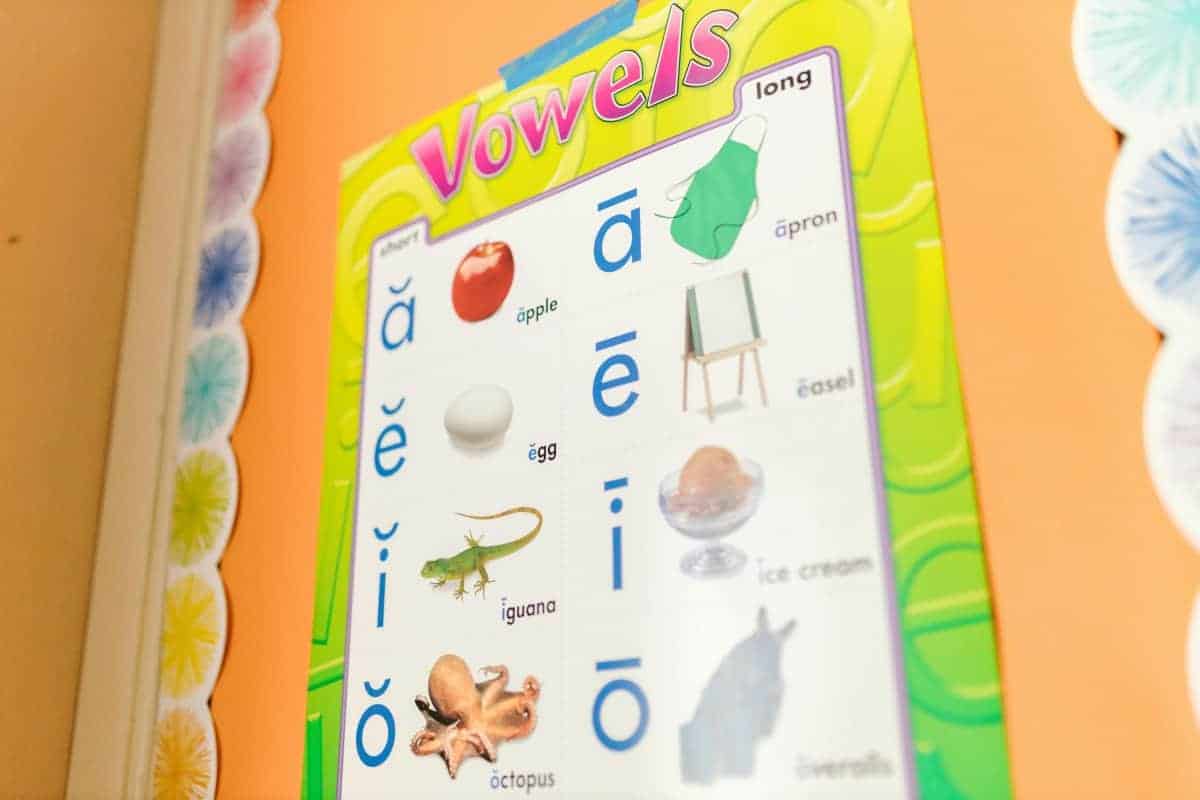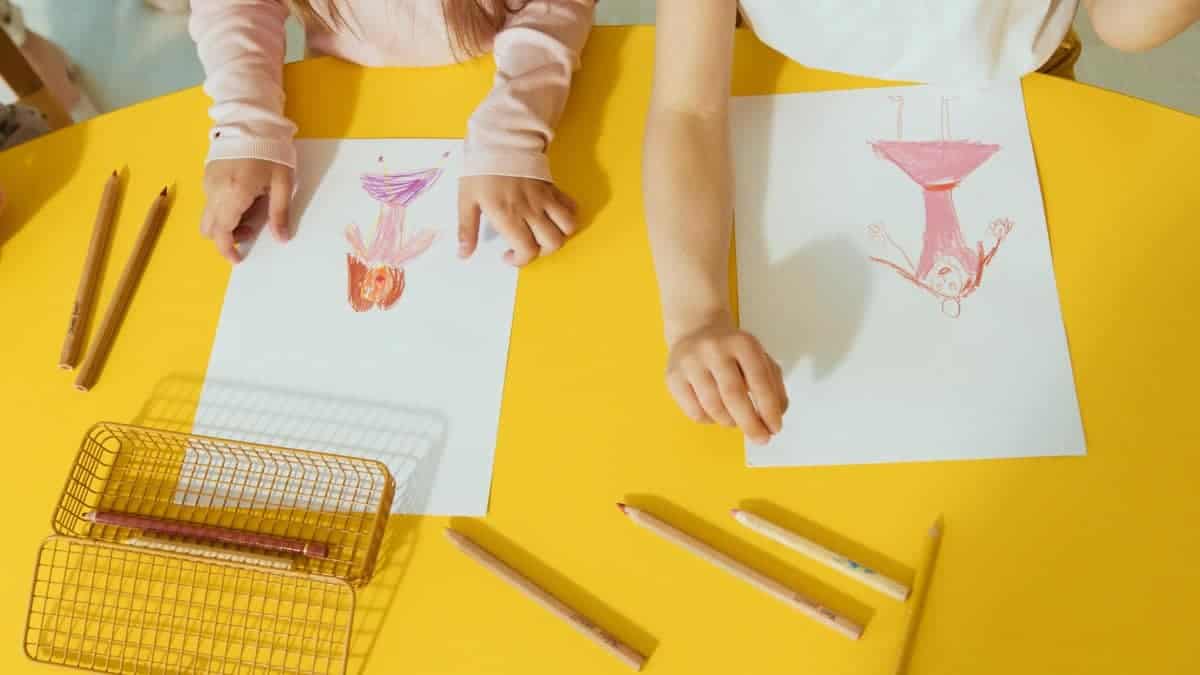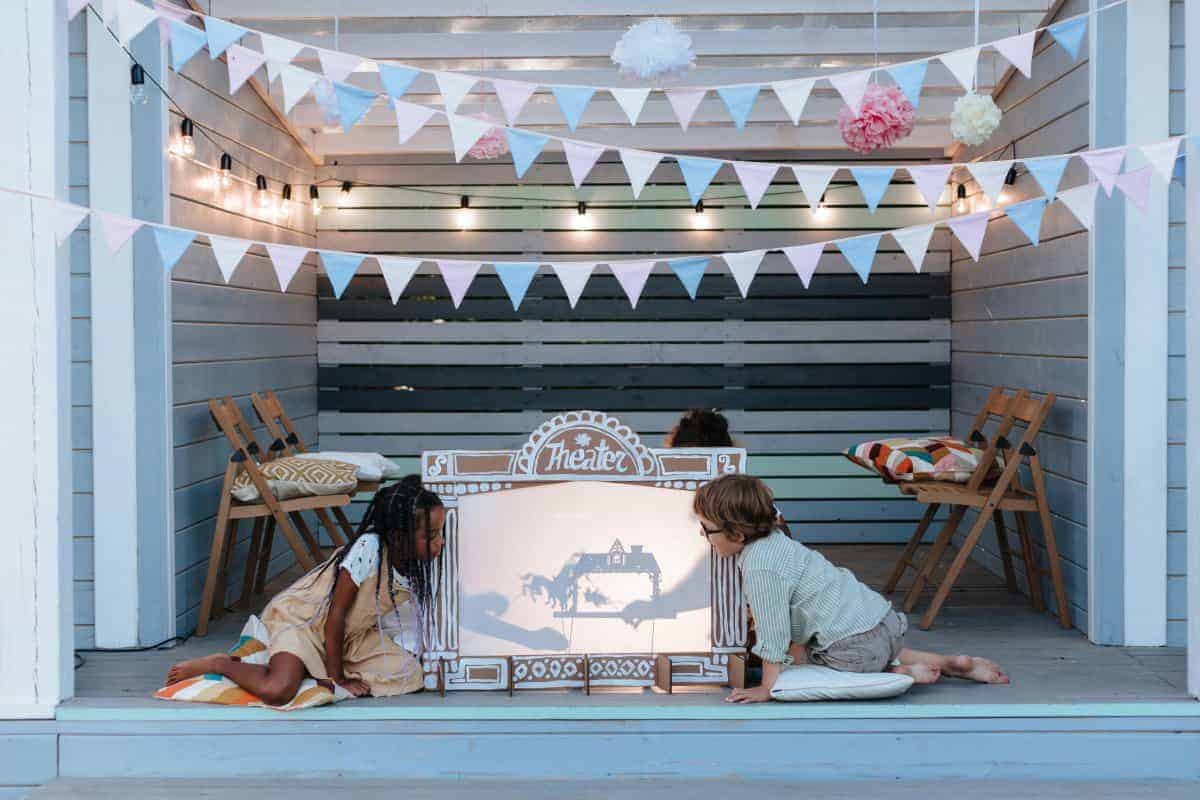Don’t Wait for School: 12 Fun Ways to Build Early Literacy at Home
The journey to becoming a confident reader and writer starts long before a child enters a classroom. Early literacy is about more than learning the alphabet; it’s about nurturing curiosity, communication, and a love for stories in everyday moments. By weaving playful learning into daily routines, families can transform ordinary activities into powerful opportunities for growth. From kitchen conversations to bedtime stories, your home is the perfect place to spark a lifelong passion for reading—no waiting for school required.
1. Read Aloud Every Day

Few things build early literacy as powerfully as reading aloud together. Hearing stories helps children absorb new words, understand how language works, and sharpen their listening skills. Choose anything that sparks your child’s interest—picture books, storybooks, or even colorful comic books. Make reading time cozy and interactive: snuggle up, use funny voices, and pause to ask questions or talk about what’s happening in the story. These simple moments create warm memories and a strong foundation for future learning.
2. Create a Print-Rich Environment

Surrounding your child with words makes literacy a natural part of daily life. Label household objects, display colorful alphabet posters, and keep books within easy reach in every room. Just like in a vibrant classroom, having visible words and letters sparks curiosity and encourages word recognition. Everyday exposure to print lets kids absorb language without even realizing it, making reading and writing feel familiar and inviting from the very start.
3. Sing Songs and Nursery Rhymes

Music and rhyme are powerful tools for building phonemic awareness. Singing classic nursery rhymes like “Twinkle, Twinkle, Little Star” or fun songs such as “The Wheels on the Bus” helps children hear and play with sounds and syllables. The rhythm and repetition make it easy for little ones to join in, remember words, and recognize patterns in language. These playful moments lay the groundwork for strong pre-reading skills—plus, they’re just plain fun!
4. Play Letter and Sound Games

Learning letters and sounds can be a playful adventure. Try games like ‘I Spy’ with letters (“I spy something that starts with B!”), or use magnetic letters on the fridge to spell simple words together. Alphabet card matching games are another fun way to reinforce connections between letters and their sounds. These interactive games turn learning into a stress-free experience, helping children build confidence and familiarity with the alphabet while having a great time.
5. Encourage Drawing and Scribbling

Early writing begins long before children form real words. Drawing pictures, scribbling, and making wavy lines are all important steps toward writing. Provide plenty of crayons, markers, and paper for your child to explore freely. Pretend writing—like letter-like shapes or random marks—helps develop hand strength and coordination while sparking creativity. Celebrate every masterpiece, knowing that each doodle is building the skills needed for writing letters and words in the future.
6. Tell Stories Together

Oral storytelling is a wonderful way to develop imagination, sequencing, and vocabulary. Take turns making up stories together, retell favorite fairy tales, or use funny family memories as prompts. You can build on each other’s ideas, much like group story-building games—“And then what happened?” These playful conversations encourage creative thinking and help children practice putting events in order. Whether silly or serious, shared storytelling creates meaningful connections and boosts early literacy skills in a fun, memorable way.
7. Incorporate Literacy into Daily Routines

Everyday chores can be transformed into literacy-rich moments. Read recipes aloud together while cooking, spot and name items on grocery labels, or create and read place cards when setting the table. Invite your child to help write a simple shopping list or read directions for a task. These small opportunities sprinkle reading and language play throughout the day, showing children that literacy is part of real life—not just books or schoolwork.
8. Visit the Library Regularly

Libraries are treasure troves for growing readers. Regular visits give children access to a world of diverse books and exciting storytime events. Let your child pick out their own books, explore different topics, and discover new favorite authors. Many libraries offer interactive programs and cozy reading corners that make reading feel like an adventure. These experiences help foster a lifelong love of books and open the door to endless learning possibilities.
9. Use Technology Wisely

When chosen thoughtfully, technology can enhance early literacy. Educational apps, audiobooks, and e-books offer new ways to engage with stories and language. Quality screen time means choosing interactive resources that encourage participation, not just passive viewing. Explore digital books together, listen to stories on the go, or play word-based games that spark conversation. Balance is key—use tech as a tool to supplement, not replace, hands-on reading and real-world experiences.
10. Make Storytelling a Family Tradition

Carve out special moments—like bedtime or family meals—for storytelling as a shared ritual. Swap stories from your childhood, pass down cultural legends, or invent new adventures together. These traditions strengthen family bonds and nurture children’s listening and narrative skills. As everyone takes turns telling stories, kids gain confidence and learn to organize their thoughts. Over time, these cherished routines become the roots of both strong literacy and lasting family memories.
11. Play with Puppets and Props

Bring stories to life by acting them out with puppets, stuffed animals, or everyday objects. Create simple puppet shows or let your child use toys to play the parts of favorite characters. This imaginative play boosts comprehension, helps kids practice sequencing events, and encourages expressive language. The more lively and hands-on the activity, the more memorable the learning experience—making literacy fun and engaging for everyone involved.
12. Celebrate Progress and Effort

Every step your child takes toward literacy deserves to be celebrated. Offer enthusiastic praise, use fun stickers or reading charts, and share new skills with family and friends. Recognizing effort—not just achievement—builds confidence and sparks motivation to keep learning. When children feel proud of their progress, they’re more likely to embrace new challenges and develop a lifelong love of reading and writing.
Conclusion

Early literacy truly begins at home—well before the first day of school. With a bit of creativity, everyday routines can become joyful learning adventures that fuel your child’s curiosity and confidence. Remember, making literacy fun and pressure-free is the key to building a solid foundation for lifelong success in reading and writing. Start today: turn moments into memories, celebrate every effort, and watch as your child’s love for language blossoms right in your own home.
.article-content-img img { width: 100% }




